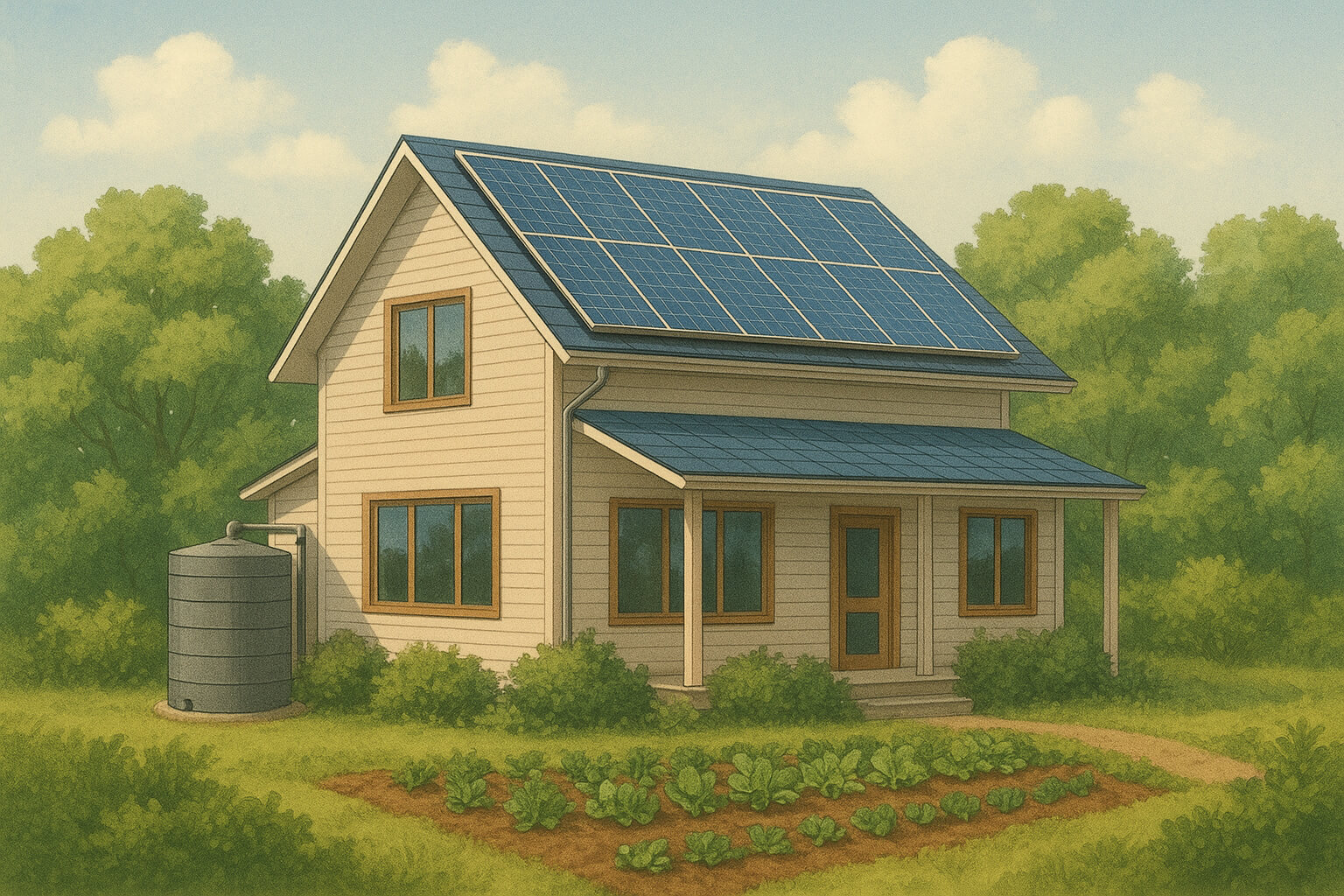September 04, 2025

As climate change accelerates and natural resources become increasingly strained, many families are reevaluating their lifestyles and looking for ways to live more sustainably. One of the most impactful places to start is at home. The good news? Creating an eco-friendly home doesn’t require massive renovations or major sacrifices. Small, intentional adjustments can significantly reduce your environmental footprint while also improving your quality of life.
Transitioning to a more eco-conscious home lifestyle offers both environmental and personal benefits. According to the U.S. Environmental Protection Agency (EPA), sustainable choices like energy- and water-efficient appliances, waste reduction, and better insulation can lead to lower utility bills, cleaner indoor air, and improved public health.
For more everyday ideas on adopting a green lifestyle, visit this helpful eco-conscious living guide.
Improving your home’s energy efficiency is one of the most effective ways to reduce emissions and save money. Here’s how:
More insights are available in this detailed energy efficiency breakdown, which explores costs vs. long-term savings.
As global demand for fresh water increases and droughts become more frequent, conserving water at home is not just responsible—it’s necessary.
Access more practical solutions through this household water-saving guide or refer to the WHO’s water conservation fact sheet for global context.
When renovating or redecorating, choosing sustainable materials can reduce your home’s environmental impact while also improving indoor health.
Looking for design inspiration? Check out this creative eco-home design article that blends style and sustainability.
A large portion of household waste ends up in landfills, where it contributes to methane emissions and environmental pollution. Adopting a zero-waste mindset doesn't mean producing no waste—it means making conscious efforts to reduce, reuse, and recycle.
Learn more through the Zero Waste International Alliance or get started with this easy-to-follow zero-waste living guide.
Your home is more than just a living space—it's a hub of daily impact. When individuals adopt green home practices, they become part of a collective movement with the power to shape environmental policy, influence markets, and safeguard natural ecosystems.
Going green isn’t about being perfect—it’s about being intentional and consistent. Whether you’re investing in solar panels or simply switching to reusable shopping bags, every action contributes to a cleaner, healthier planet for future generations.
“We do not inherit the Earth from our ancestors—we borrow it from our children.”
Adopting a greener home lifestyle doesn’t happen overnight, but it’s easier than ever to start. Here’s a quick action list you can implement today:
By starting with a few small changes, you’ll be on the path to long-term sustainability, healthier living, and real impact.
Stay up to date with the latest tips, expert insights, product reviews, and step-by-step guides to help you grow, create, and succeed—no matter your industry or passion.